- Choosing the Right Variety
- Preparing the Soil for Winter Onions
- 1. Choose the Right Location
- 2. Clear the Area
- 3. Test the Soil
- 4. Amend the Soil
- 5. Remove Large Rocks and Debris
- 6. Level the Soil
- 7. Fertilize the Soil
- 8. Mulch the Bed
- Timing is Key: When to Plant Winter Onions
- 1. Consider your hardiness zone
- 2. Plant before the first frost
- 3. Follow the planting calendar
- 4. Consider the onion variety
- 5. Prepare the soil
- Planting Winter Onion Sets
- 1. Choose the right variety
- 2. Prepare the soil
- 3. Plant at the right time
- 4. Spacing and depth
- 5. Mulch and water
- 6. Fertilize as needed
- 7. Harvesting
- Caring for Winter Onions Throughout the Season
- 1. Watering
- 2. Mulching
- 3. Fertilizing
- 4. Weed Control
- 5. Pest and Disease Control
- 6. Harvesting
- Managing Pests and Diseases
- Pests:
- Diseases:
- Harvesting and Storing Winter Onions
- Tips for Success: Winter Onion Planting Guide
- “Question-Answer”
- When is the best time to plant winter onions?
- What are the benefits of planting winter onions?
- How should I prepare the soil for planting winter onions?
- Can I plant winter onions in containers?
- How often should I water winter onions?
- Can I harvest winter onions in the spring?
- What are some common pests and diseases that affect winter onions?
- “Video” 6 Vegetables To Grow During The Winter For An Early Harvest
Growing winter onions can be a rewarding and delicious addition to your garden. These onions, also known as overwintering onions or Japanese bunching onions, are planted in the autumn and harvested the following year. They are particularly well-suited for colder climates, as they can tolerate the frost and continue to grow throughout the winter months.
When it comes to planting winter onions, timing is key. It is recommended to plant them in the autumn to give them time to establish their roots before winter sets in. This allows the onions to develop a strong foundation, which will help them survive the cold temperatures and begin growing again in the spring.
One important thing to keep in mind is that winter onions prefer well-drained soil. If your soil is heavy or clay-like, consider amending it with organic matter, such as compost, to improve its drainage. This will help prevent waterlogged soil, which can lead to root rot and other diseases.
When planting winter onions, space them about 4-6 inches apart to allow for proper growth and development. Plant them with the tips of the bulbs just below the surface of the soil, and firm the soil gently around them to ensure good contact. Water the newly planted onions thoroughly to help settle the soil and provide moisture for their roots.
Once planted, it is important to keep the area around the onions free from weeds. Weeds can compete with the onions for nutrients and water, so regular weeding is essential. Additionally, make sure to water the onions during dry spells to prevent them from drying out.
Pro tip: In colder climates, consider mulching around the onions to provide some extra insulation and protection from freezing temperatures. Straw, leaves, or compost can be used as mulch.
With proper care and the right timing, winter onions can provide a bountiful harvest in the following year. Enjoy their fresh and vibrant flavors in your favorite winter dishes!
Choosing the Right Variety
When it comes to winter onions, there are a variety of options to choose from. The right variety for you will depend on your specific needs and preferences. Here are some factors to consider when selecting a winter onion variety:
- Storage duration: Some varieties of winter onions have a longer storage life than others. If you’re looking to have onions throughout the winter season, choose a variety that is known for its excellent storage qualities.
- Climate suitability: Consider the climate in your region and choose a variety that is well-suited for your specific growing conditions. Some varieties are more tolerant of cold temperatures, while others prefer milder climates.
- Bulb size: Winter onions can vary in size, from small pearl onions to larger bulb varieties. Consider how you plan to use the onions and choose a variety that will meet your needs.
- Flavor profile: Different winter onion varieties can have distinct flavor profiles. Some varieties are milder and sweeter, while others are more pungent and intense. Think about your personal taste preferences when making your selection.
- Growing requirements: Some winter onion varieties may have specific growing requirements, such as soil type, water needs, or sunlight exposure. Make sure to choose a variety that aligns with your gardening capabilities and resources.
It’s a good idea to research and read reviews on different winter onion varieties to gather more information and insights from other gardeners. Ultimately, the right variety for you will depend on your specific needs and preferences, so don’t be afraid to experiment and try out different types to find your favorite winter onion variety.
Preparing the Soil for Winter Onions
Preparing the soil is an important step in successfully growing winter onions. The right soil conditions will provide a healthy and fertile environment for the onions to develop and thrive.
1. Choose the Right Location
Winter onions prefer a sunny location with well-drained soil. Select an area in your garden that receives at least 6-8 hours of direct sunlight daily. Avoid areas that are prone to waterlogging or have poor drainage.
2. Clear the Area
Before preparing the soil, clear the selected area of any weeds, grass, or debris. Use a garden rake to remove any visible obstacles and create a clean planting bed.
3. Test the Soil
Testing the soil will help you determine its pH level and nutrient content. Winter onions prefer slightly acidic soil with a pH between 6.0 and 7.0. You can use a soil testing kit or send a soil sample to a local agricultural extension office for analysis.
4. Amend the Soil
If necessary, amend the soil to improve its quality and fertility. Add organic matter such as compost, well-rotted manure, or peat moss to enrich the soil and improve its ability to retain moisture. Mix the amendments thoroughly with the existing soil using a garden fork or tiller.
5. Remove Large Rocks and Debris
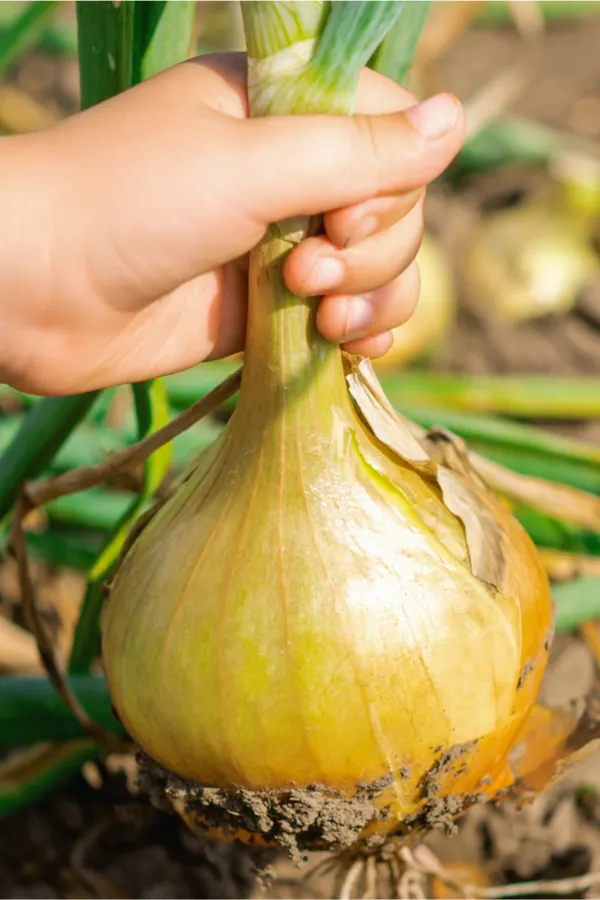
Before planting, remove any large rocks, sticks, or other debris from the soil. These can hinder the growth of onion bulbs and make it difficult for the roots to establish.
6. Level the Soil
Using a rake or garden hoe, level the soil surface to create an even planting bed. This will ensure uniform growth and make it easier to water and maintain the onions.
7. Fertilize the Soil
Before planting winter onions, apply a balanced fertilizer according to the package instructions. This will provide the onions with essential nutrients for healthy growth. Avoid over-fertilization, as it can lead to excessive leaf growth instead of bulb development.
8. Mulch the Bed
After planting the winter onions, apply a layer of mulch around the plants. This will help conserve moisture, suppress weed growth, and regulate soil temperature during the winter months.
By following these steps to prepare the soil, you will provide an optimal growing environment for your winter onions and increase the chances of a successful harvest.
Timing is Key: When to Plant Winter Onions
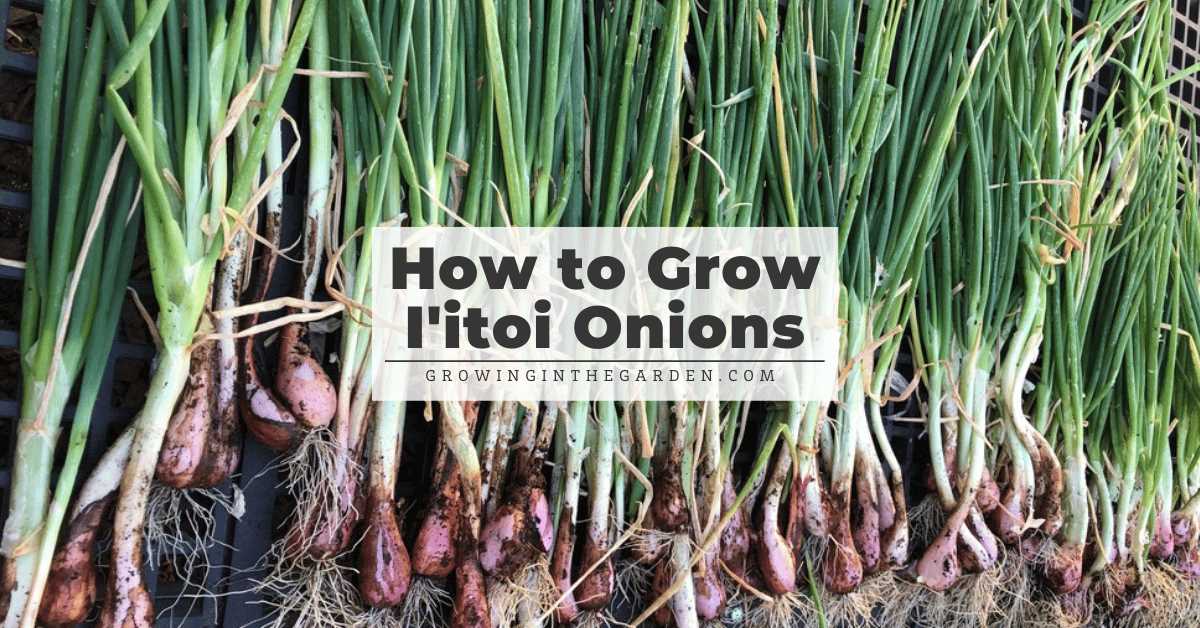
Planting winter onions at the right time is crucial for ensuring a successful harvest. Timing is key when it comes to this cool-season crop, as planting too early or too late can result in poor growth and yield. Here are some guidelines to help you determine the optimal timing for planting winter onions:
1. Consider your hardiness zone
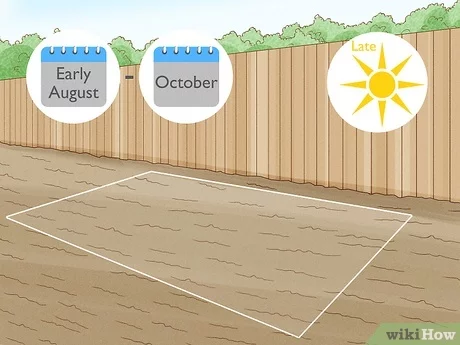
Winter onions should be planted when the soil temperature is between 45°F and 75°F (7°C and 24°C). The timing may vary depending on your hardiness zone, so it’s important to know which zone you’re in. Consult a hardiness zone map to determine the average first frost date in your area, as this will help you determine the best time to plant winter onions.
2. Plant before the first frost
Planting winter onions in anticipation of the first frost is crucial for their growth. The bulbs need some cold exposure in order to develop properly. Aim to plant your winter onions about 4-6 weeks before the average first frost date in your area. This will give them enough time to establish roots and prepare for the winter months.
3. Follow the planting calendar
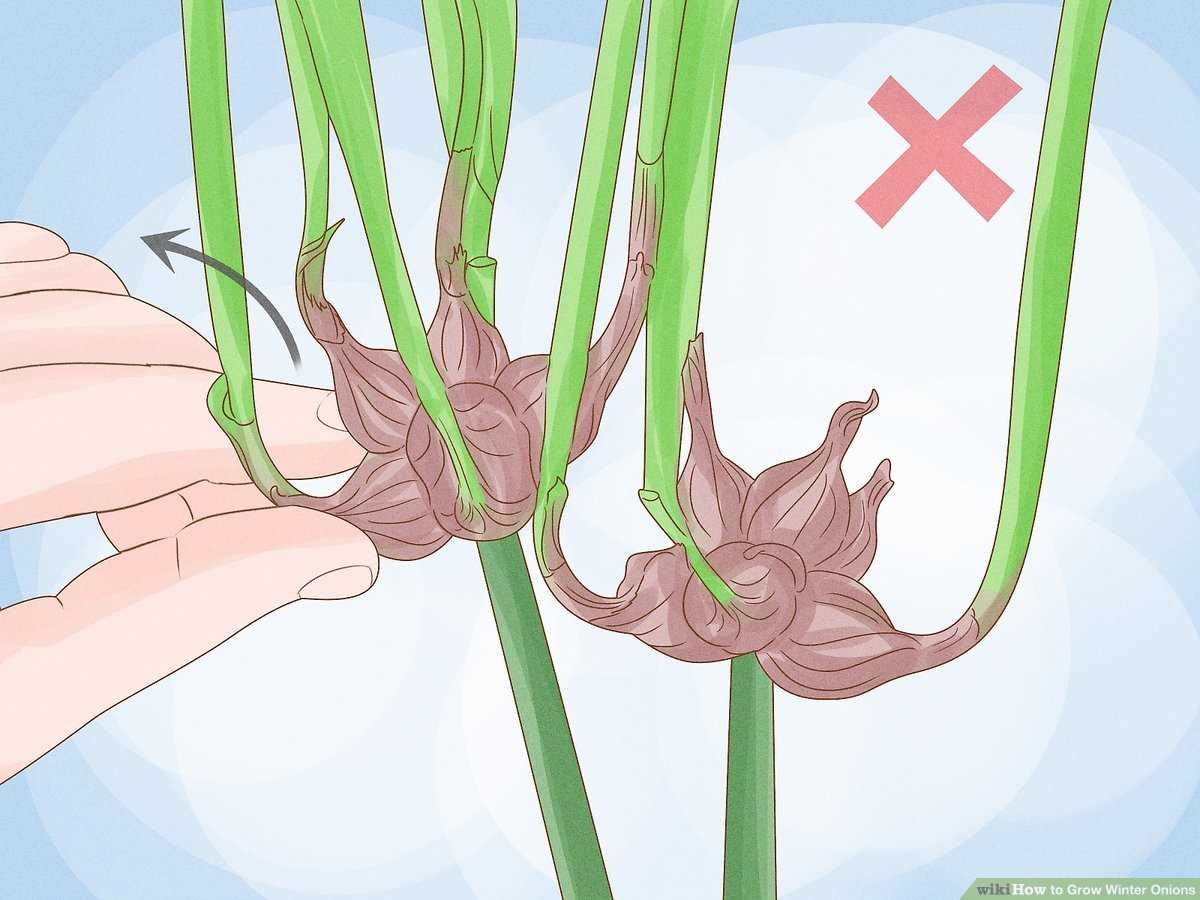
Many gardening resources offer planting calendars specific to each region. These calendars provide recommended planting dates for various crops, including winter onions. Consult a reliable planting calendar for your area to determine the ideal timing for planting winter onions. These calendars take into account local climate conditions and help ensure the best chances of success.
4. Consider the onion variety
The timing for planting winter onions can also vary depending on the variety you choose. Some varieties are specifically bred to withstand colder temperatures and can be planted earlier in the season. Others may not be as tolerant to cold and should be planted a bit later. Read the instructions on the seed packet or consult a local nursery to determine the best timing for your chosen variety.
5. Prepare the soil
Before planting winter onions, make sure to prepare the soil properly. The soil should be well-drained and rich in organic matter. Remove any weeds or debris from the planting area and work in compost or well-rotted manure to enrich the soil. This will provide the onions with the nutrients they need for optimal growth.
By considering your hardiness zone, planting before the first frost, following a planting calendar, and preparing the soil, you can ensure that you plant your winter onions at the right time. This will give them the best chance of thriving and producing a bountiful harvest.
Planting Winter Onion Sets
Winter onion sets are a great addition to any vegetable garden. They are planted in the autumn and will be ready to harvest in the spring. Here are some tips for planting winter onion sets:
1. Choose the right variety
There are many different varieties of winter onions available, so be sure to choose one that is suited to your climate and growing conditions. Some popular varieties include Red Baron, Senshyu Yellow, and Radar.
2. Prepare the soil
Before planting your winter onion sets, prepare the soil by removing any weeds and adding organic matter, such as compost or well-rotted manure. This will help improve the soil structure and provide essential nutrients for the onions to grow.
3. Plant at the right time
Winter onion sets should be planted in the autumn, ideally around September or October, depending on your location. This will allow the onions to establish their roots before the winter frost arrives.
4. Spacing and depth
When planting the onion sets, space them about 4-6 inches apart and plant them with the pointed end facing up. The sets should be planted about 1-2 inches deep in the soil.
5. Mulch and water
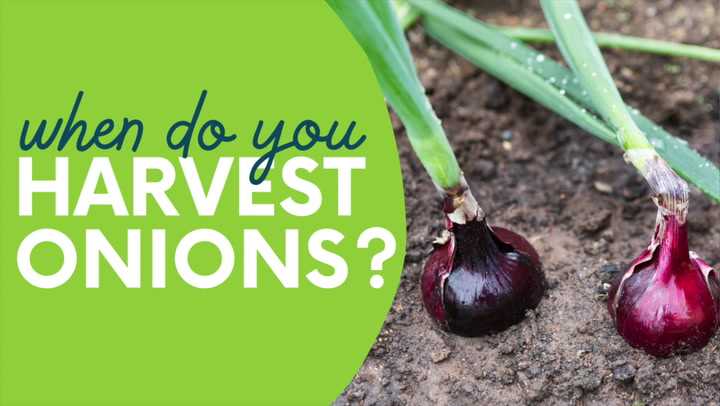
After planting the onion sets, mulch around the plants with straw or leaf mulch. This will help conserve moisture and suppress weed growth. Be sure to water the plants regularly, especially during dry periods.
6. Fertilize as needed
During the growing season, you may need to fertilize the winter onions to ensure they receive the necessary nutrients. Use a balanced fertilizer, following the instructions on the packaging.
7. Harvesting
Winter onions are usually ready to harvest in the spring, around April or May. You can tell they are ready when the leaves start to turn yellow and fall over. Carefully lift the onions from the soil using a garden fork, being careful not to damage the bulbs.
By following these planting tips, you can enjoy a bountiful harvest of winter onions next spring. Happy planting!
Caring for Winter Onions Throughout the Season
Once you have planted your winter onions in the autumn, it is important to provide them with proper care throughout the season. Here are some essential tips to ensure the health and success of your winter onions:
1. Watering
Winter onions require regular watering, especially during dry spells. Keep the soil consistently moist, but avoid overwatering as it can lead to rotting. Water deeply and infrequently to encourage the roots to grow deeper.
2. Mulching
Mulching is essential to help conserve soil moisture, suppress weeds, and protect the winter onions from extreme temperature fluctuations. Apply a layer of organic mulch, such as straw or compost, around the plants, being careful not to cover the growing tips.
3. Fertilizing

Winter onions benefit from a balanced fertilizer application during the growing season. Apply a slow-release, organic fertilizer according to the manufacturer’s instructions. Avoid overfertilizing, as this can lead to excessive foliage growth at the expense of bulb development.
4. Weed Control
Regularly remove weeds from the onion patch to prevent them from competing for nutrients and water. Take care to pull out weeds by the roots to avoid damaging the shallow onion bulbs.
5. Pest and Disease Control
Monitor your winter onions regularly for pests and diseases. Common pests include onion maggots, thrips, and aphids. Use organic insecticides or natural pest control methods to minimize damage. Diseases, such as onion rot or white rot, can be prevented by planting disease-resistant varieties, maintaining proper spacing, and practicing crop rotation.
6. Harvesting
Winter onions are usually ready for harvest in the spring or early summer, depending on the variety and growing conditions. Look for signs of mature bulbs, such as bulging or softening of the neck, and yellowing or drying of the leaves. Gently lift the onions from the soil using a garden fork and allow them to dry in a well-ventilated area before storing.
By following these care guidelines, you can ensure the health and productivity of your winter onions throughout the season. Enjoy the delicious taste of fresh onions all winter long!
Managing Pests and Diseases
Pests and diseases can pose a significant threat to the health and productivity of winter onions. It is important to actively manage and control these issues to ensure a successful crop. Here are some common pests and diseases that can affect winter onions and methods to manage them:
Pests:
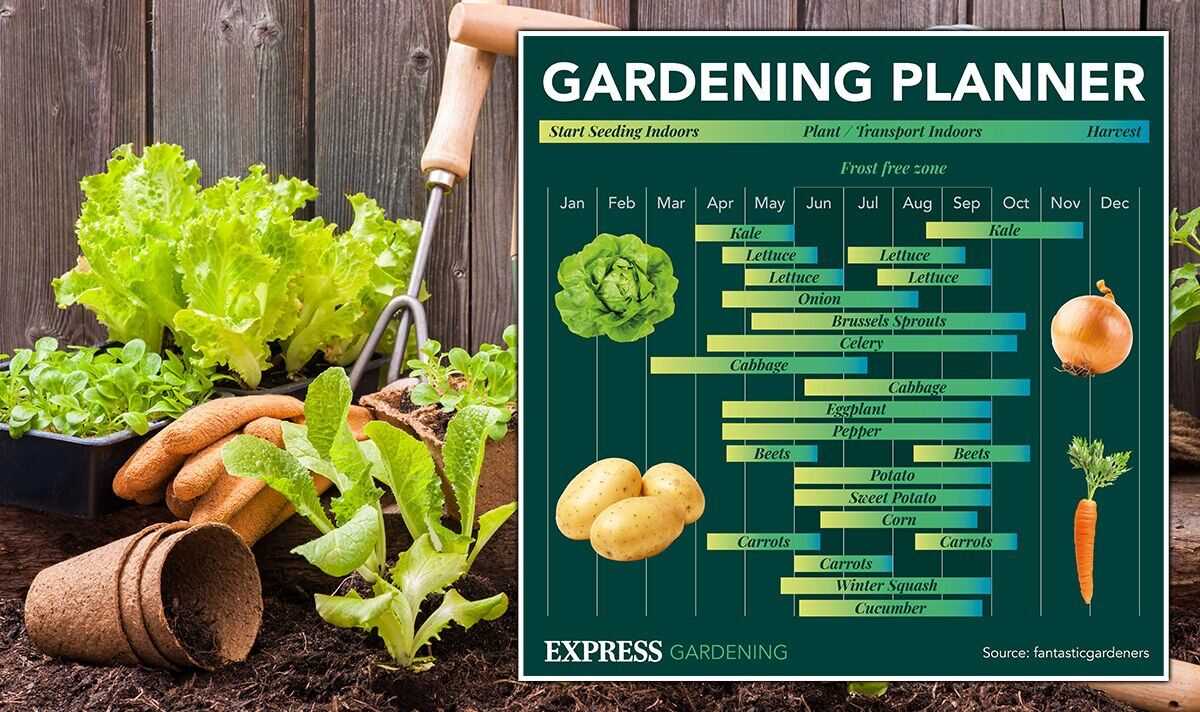
- Onion flies: These pests lay their eggs on the leaves, leading to maggots that feed on the bulbs. Use yellow sticky traps and cover the crop with fine mesh netting to prevent adult flies from laying eggs.
- Thrips: These tiny insects can cause yellowing and wilting of leaves. Monitor the crop regularly and, if needed, use insecticidal soap or neem oil to control thrips infestation.
- Slugs and snails: These pests can cause damage by feeding on the leaves and bulbs. Apply slug pellets or create physical barriers such as copper tape or eggshells to protect the crop.
Diseases:
- White rot: This fungal disease causes wilting and rotting of the roots and bulbs. Avoid planting onions in the same location for consecutive years and practice good crop rotation to manage white rot.
- Downy mildew: This disease appears as yellow patches on leaves and can lead to stunted growth. Ensure proper air circulation and avoid overhead watering to prevent downy mildew.
- Fusarium basal rot: This fungal disease attacks the base of the onion, causing yellowing and wilting. Practice good sanitation, remove and destroy infected plants, and select resistant onion varieties to manage fusarium basal rot.
It is essential to regularly monitor the crop for any signs of pests or diseases. Early detection and prompt action can help prevent widespread damage and ensure the health and productivity of winter onions.
Harvesting and Storing Winter Onions
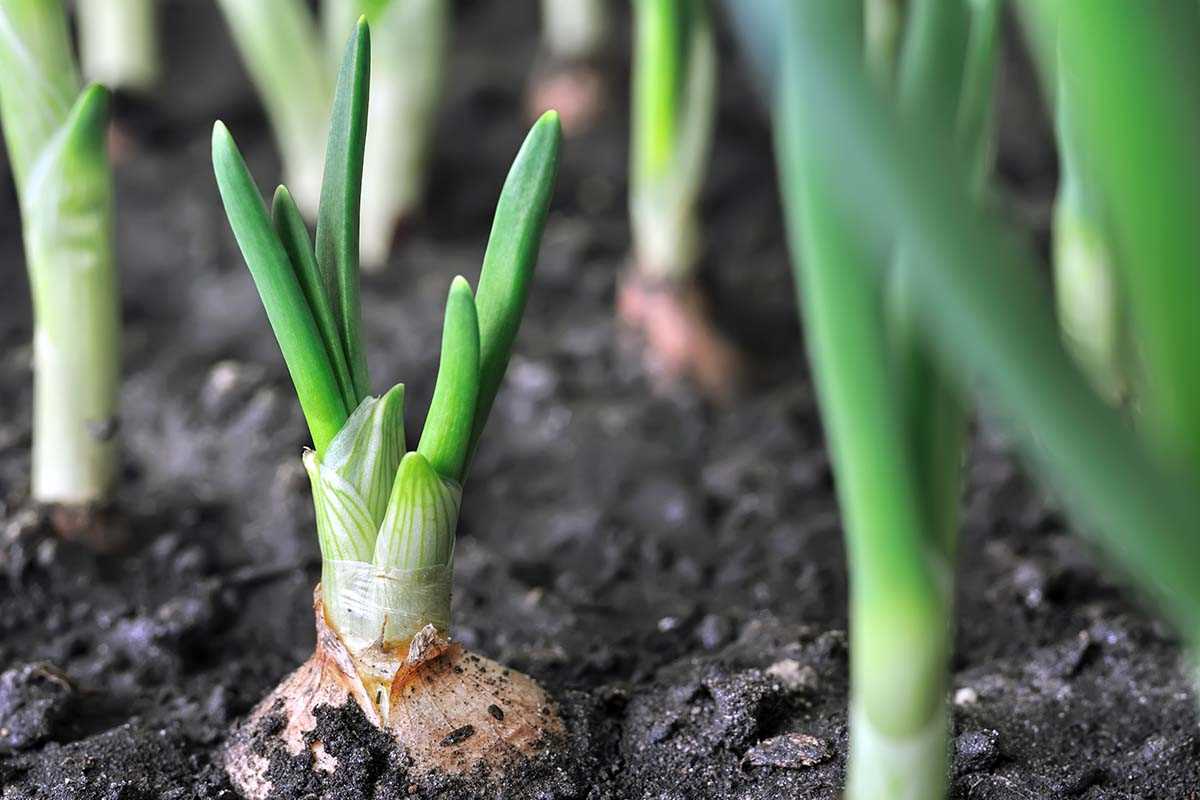
Harvesting winter onions is an exciting moment for gardeners, as it signals the end of a successful growing season. Here are some tips for harvesting and storing your winter onions:
1. Timing: Harvest your winter onions when the tops have completely dried and turned yellow or brown. This usually occurs in late summer or early autumn, depending on your planting time and the variety of onions you are growing.
2. Loosening the soil: Before harvesting, gently loosen the soil around the onions using a garden fork or shovel. Be careful not to damage the bulbs or break their stalks.
3. Lifting the bulbs: Carefully lift the bulbs out of the soil, making sure to remove any excess dirt. Avoid pulling on the tops, as this can damage the onions. Instead, gently lift them by the bulb and stalk, taking care not to bruise or cut them.
4. Curing: After harvesting, allow the onions to cure in a warm, well-ventilated area for about two weeks. This helps to dry out the outer skin and reduce the risk of rotting during storage.
5. Trimming: Once the onions are cured, trim off the roots and cut back the tops to about an inch above the bulb. This helps to prevent moisture loss and keeps the onions in better condition for storage.
6. Storing: Store your winter onions in a cool, dry, and dark place. A well-ventilated pantry, root cellar, or basement is ideal. Avoid storing them near potatoes or other fruits and vegetables that produce ethylene gas, as this can cause the onions to spoil more quickly. You can also store them in mesh bags or hang them in braids for better air circulation.
7. Checking for spoilage: Regularly check your stored onions for any signs of spoilage, such as soft spots, mold, or sprouting. Remove any damaged onions to prevent the spoilage from spreading to the others.
8. Using your winter onions: Winter onions are known for their strong flavor and long shelf life. You can use them in a variety of dishes, including soups, stews, roasted vegetables, and salads. They add a delicious, pungent taste to any recipe.
9. Saving seeds: If you want to save seeds from your winter onions for future planting, select a few healthy bulbs, allow them to fully mature and flower in the following summer, and collect the dried flower heads for seeds.
By following these tips, you can ensure a successful harvest and enjoy the flavors of your winter onions long after the growing season has ended.
Tips for Success: Winter Onion Planting Guide
- Choose the right variety: Select a winter onion variety that is suitable for your climate and growing conditions. Different varieties have different cold hardiness levels, so choose one that can withstand the winter temperatures in your area.
- Prepare the soil: Before planting, make sure the soil is well-drained and fertile. Remove any weeds, rocks, or debris that may hinder the growth of the onions.
- Timing: Plant winter onions in the late summer or early fall, depending on your location. The optimal time for planting is typically 6-8 weeks before the first expected frost. This gives the onions enough time to establish their roots before the winter sets in.
- Spacing: Make sure to space the onion sets or transplants properly. Typically, onions should be spaced around 4-6 inches apart in rows that are 12-18 inches apart.
- Planting depth: When planting onion sets, bury them about 1 inch deep in the soil. If you are using transplants, make sure the base of the plant is level with the soil surface.
- Watering: Keep the soil consistently moist but not waterlogged. Onions need regular watering, especially during dry periods. Avoid overwatering, as this can lead to fungal diseases.
- Mulching: Apply a layer of organic mulch around the onion plants to help conserve moisture and suppress weed growth. This is particularly important during the winter months when the soil may be prone to drying out.
- Protecting from frost: In areas with harsh winter climates, consider covering the onion beds with row covers or cold frames to protect the plants from frost and extreme temperatures.
- Fertilization: Fertilize the onions with a balanced fertilizer, such as 10-10-10, according to the package instructions. Apply the fertilizer in early spring when the plants start actively growing.
- Harvesting: Winter onions are typically ready to be harvested in late spring or early summer, depending on the variety and planting date. Look for signs of maturity, such as yellowing foliage and dried tops, before harvesting.
- Storage: Once harvested, cure the onions in a well-ventilated area for a few weeks to allow them to dry. After curing, store the onions in a cool, dry place with good air circulation to prolong their shelf life.
“Question-Answer”
When is the best time to plant winter onions?
The best time to plant winter onions is in the autumn, usually between September and October. This allows the onions to establish their roots before the cold winter weather sets in.
What are the benefits of planting winter onions?
Planting winter onions has several benefits. They are known to be more flavorful than summer onions and have a longer shelf life. Winter onions can be stored for several months, allowing you to enjoy fresh onions even during the winter months. Additionally, winter onions are generally resistant to pests and diseases, making them easier to grow.
How should I prepare the soil for planting winter onions?
Preparing the soil for planting winter onions is important to ensure successful growth. Start by removing any weeds or debris from the area. Loosen the soil with a garden fork or tiller, and add compost or well-rotted manure to improve the soil’s nutrients. It is also recommended to perform a soil test to check the pH level and make any necessary adjustments.
Can I plant winter onions in containers?
Yes, you can plant winter onions in containers. Choose a container that is at least 6 inches deep and has drainage holes to prevent waterlogging. Fill the container with a well-draining potting mix and plant the winter onion sets or bulbs about 4 inches apart. Place the container in a sunny location and water regularly, making sure the soil is moist but not overly wet.
How often should I water winter onions?
Winter onions should be watered regularly, especially during dry periods. However, it is important to avoid overwatering, as this can lead to rot and disease. Water the onions when the top inch of soil feels dry, and provide enough water to moisten the soil to a depth of 6-8 inches. Mulching around the onions can help conserve moisture and reduce weed growth.
Can I harvest winter onions in the spring?
Yes, you can harvest winter onions in the spring. Depending on the variety and planting time, winter onions can be ready for harvest in late spring or early summer. Look for signs of maturity, such as the tops turning yellow and falling over. Carefully lift the onions from the soil using a garden fork, and allow them to dry in a warm, well-ventilated area before storing.
What are some common pests and diseases that affect winter onions?
Some common pests that affect winter onions include onion flies, thrips, and onion maggots. These pests can cause damage to the leaves and bulbs, leading to stunted growth and poor yields. Diseases such as onion rot and downy mildew can also affect winter onions. To prevent pest and disease problems, practice good crop rotation, keep the garden clean from debris, and monitor the plants regularly for any signs of infestation or disease.







